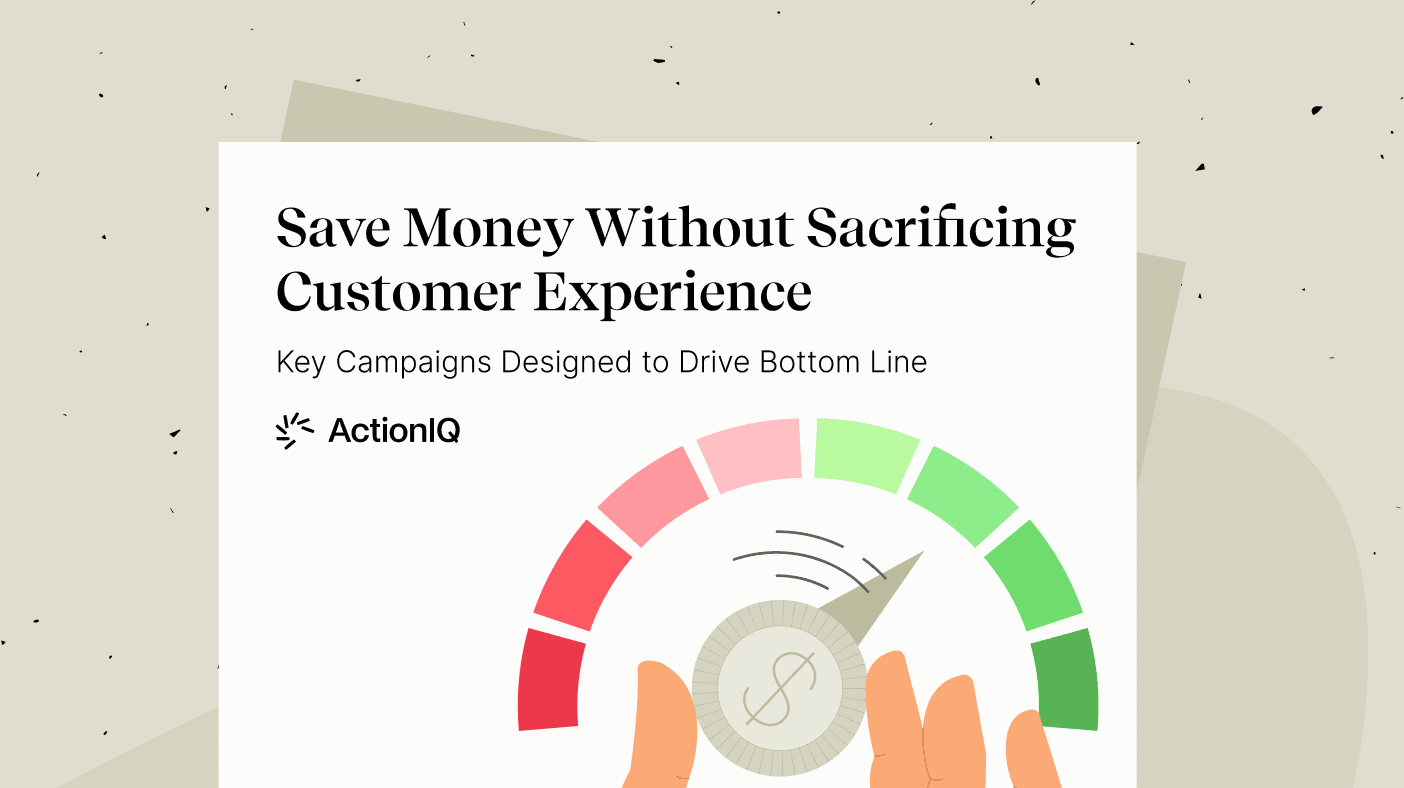3 Holiday Season Trends to Watch for in 2022

The holidays are right around the corner, bringing huge revenue opportunities for retailers. And just like in 2021, there are key holiday season trends to be aware of.
Retail sales are forecasted to reach nearly $1.3 trillion across in-store and online shopping, an increase from 2021, when total holidays retail sales saw their largest (16.1% year-over-year) annual increase in close to 20 years.
But while the difficulties of the COVID-19 pandemic have waned, retailers today are facing economic uncertainty that makes it that much more important to strengthen your customer acquisition strategy (not to mention retention efforts).
Read on to understand three holiday season trends retailers should keep an eye on in 2022 — and how to stay ahead of evolving customer expectations.

3 Holiday Season Trends to Watch for in 2022
1. Personalization & Loyalty Programs Combatting Price Sensitivity
Different customers will respond to economic turmoil in different ways. This makes it essential to personalize customer outreach via detailed audience segmentation. (Check out The Retail Guide to Audience Segmentation.)
While some price-conscious shoppers may curb their spending, others will continue their post-pandemic habits. It’s key for brands to be able to zero in on different audience segments to ensure they reach them with the right messaging in the right place at the right time.
Another tactic for appealing to price-sensitive shoppers is customer loyalty and retention programs. During the 2021 holiday season, 81% of consumers shopped for specific brands because they were members of a loyalty program that provided discounts. And recent research shows that, amid soaring inflation, half of Americans believe loyalty programs are more important than ever.
By creating lookalike audiences based on customers who have already signed up for your loyalty program, you can identify likely candidates among your customer base. Then, by using a multi-tiered loyalty program, you can create campaigns that encourage members to increase spending to reach higher levels of loyalty with greater discounts.
This type of strategy has helped ActionIQ customers drive a 10% increase in spending velocity across all tiers of their loyalty programs.
2. 1st-Party Data Reducing Advertising Difficulties
While the death of the cookie has been prolonged, retailers must still navigate a shifting advertising environment where costs are rising and accuracy is falling.
Updates to Apple’s iOS, along with global data security and privacy regulations, have decimated long-time ad platforms such as Facebook. It’s been reported that most companies’ retargeting audience size has decreased by over 60%.
First-party data already allows retailers to hone in on known audiences, but with the right technology and partnerships in place, it can also help them transform anonymous website visitors into addressable audiences.
AIQ customers such as luxury fashion brand Michael Kors have built self-identification into their website strategies so anonymous visitors can be added to their first-party data ecosystems, helping them to analyze customer behaviors and retarget visitor audiences across addressable media. (See how Michael Kors uses ActionIQ to thrive in a cookieless world.)
Using your customer data platform (CDP), you can start stitching together customer identities using your first-party data. Then, by working with a data service provider, you can fill in gaps and resolve questions by using an identity graph.
Investing in first-party data strategy now will not only help retailers this holiday season, but also prepare them for a fast-approaching world without cookies.

3. Hybrid Shopping Continues to Be the Norm
Consumers still love the convenience offered by e-commerce. So while more people are returning to brick-and-mortar stores, it’s no surprise that many shoppers will prefer a combination of the two. That means retailers must continue to invest in hybrid shopping experiences — and omnichannel personalization.
Buy online, pickup in store and curbside pickup are still important, but they’re now expected.
To differentiate themselves from the competition, retailers must make it as easy as possible for shoppers to make purchases both online and offline. This requires not only promoting a variety of shopping, delivery and fulfillment options to your customer base across multiple channels and audience segments, but also making sure that the products being promoted most are in stock.
It’s also important to remember that online and offline aren’t mutually exclusive — instead, they influence one another. It’s reported that 84% of shoppers use digital for shopping-related activities before or during trips to physical stores. This makes it critical to connect the dots between digital and real-life touch points and optimize your omnichannel customer experiences.
The holidays are vital to retail success — and this year is no different. Make sure you’re prepared to make the most of the 2022 holiday season.
Learn More About Preparing for the 2022 Holiday Season
Download the 2022 Holiday Readiness Guide to learn how you can drive success this holiday season and beyond.





